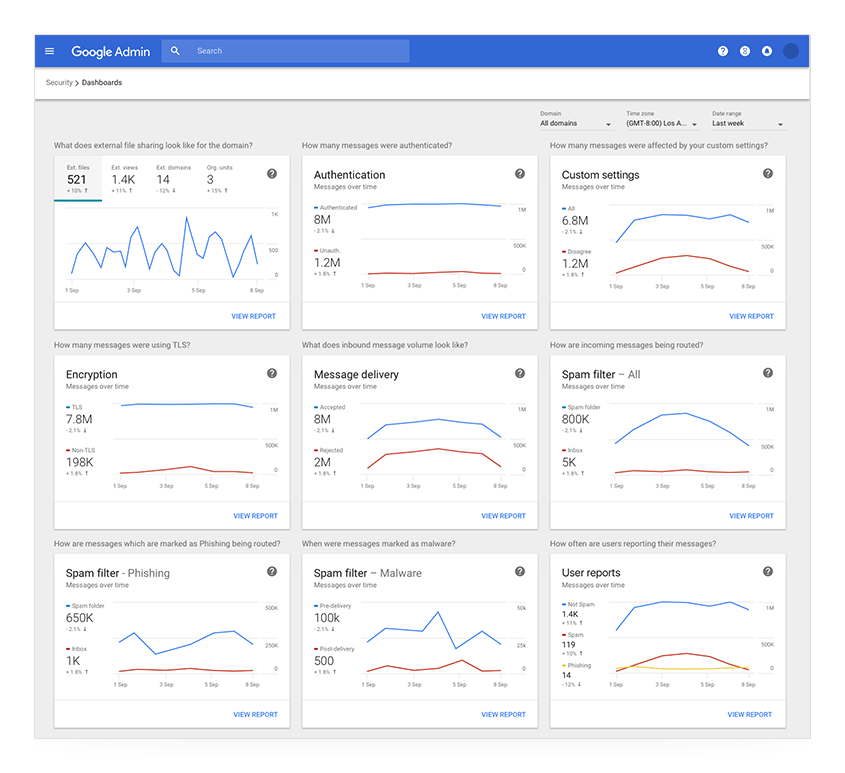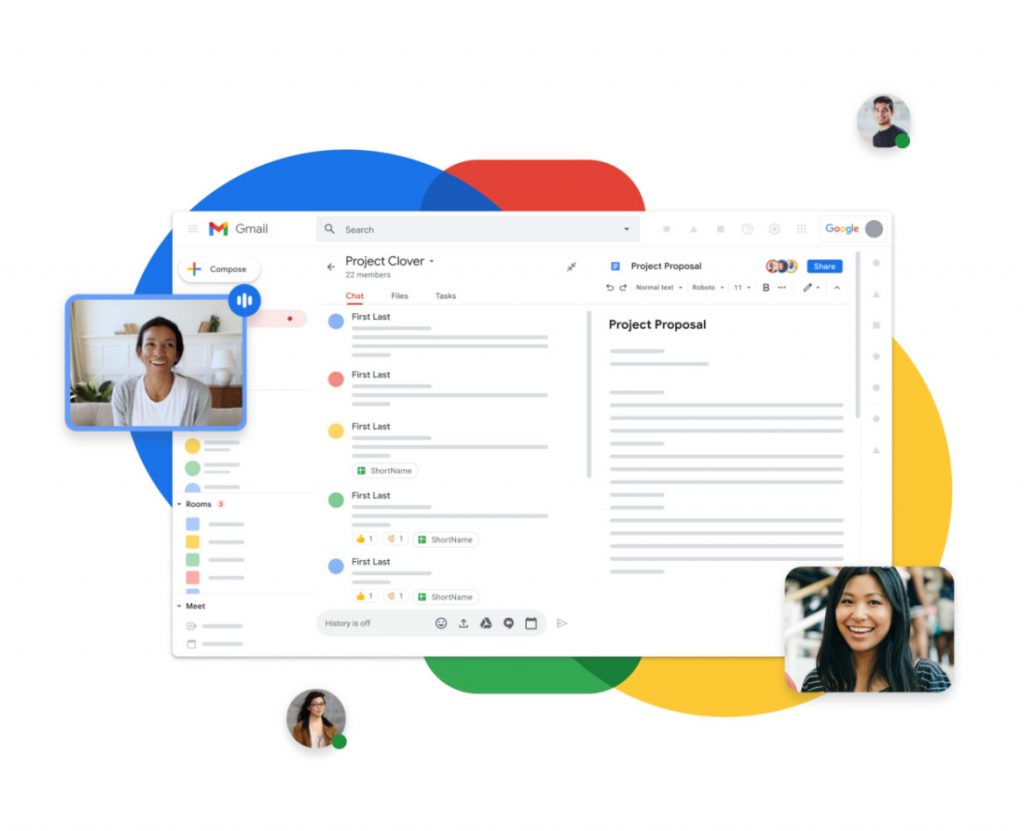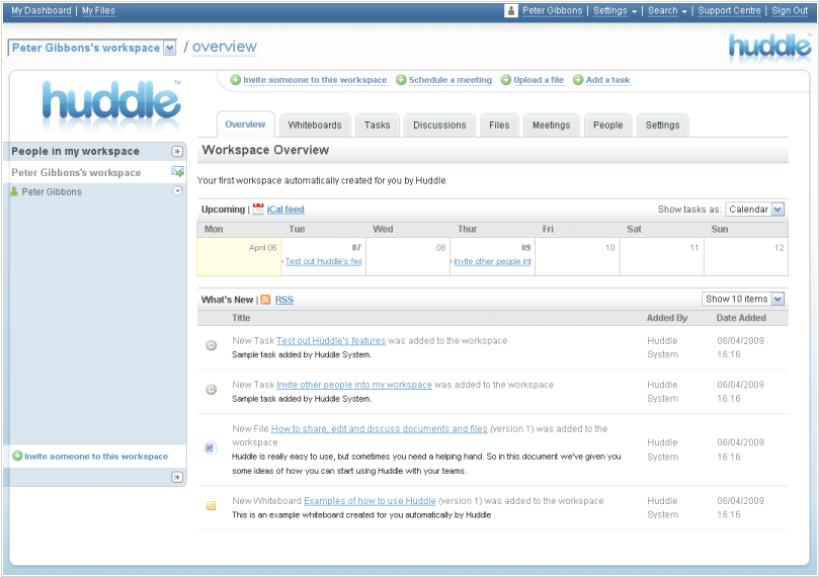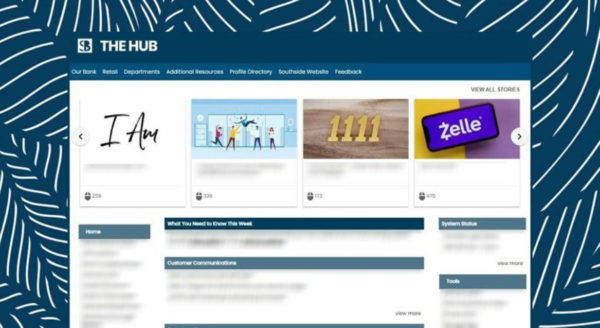If your small business needs a collaboration platform and intranet software, many people will suggest Microsoft SharePoint. But there are plenty of SharePoint alternatives out there:
- Google Workspace is best for giving you both collaboration and productivity tools.
- Huddle is best for communicating and sharing with external collaborators.
- Igloo is best for sharing info with and managing deskless workers.
- Confluence by Atlassian is best for affordable plans that can work with many budgets.
- Intranet Connections is best for hosting your own on-premise intranet.
And if you don’t find the right SharePoint alternative for your business, check out our Collaboration Software Guide for plenty more options to pick from.
Top Microsoft SharePoint alternatives
Google Workspace: Best for productivity
Pros
Cons

Huddle: Best for external collaboration
Pros
Cons
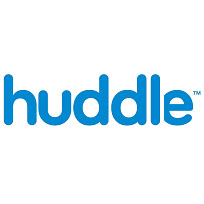
Igloo: Best for deskless workers
Pros
Cons
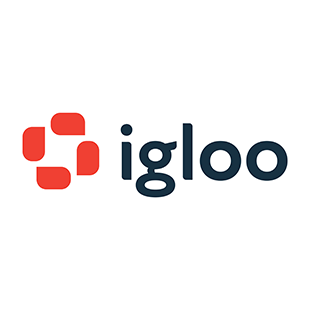
Confluence: Best for budget
Pros
Cons

Intranet Connections: Best for on-premises intranet
Pros
Cons
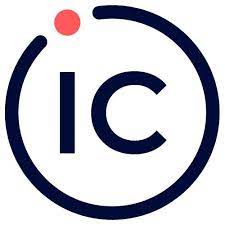
Choosing the best SharePoint alternative
With all the SharePoint alternatives out there, which collaboration software will work best for your small business?
- If you want team collaboration software that can double as a productivity solution, go with Google Workspace and its many apps.
- If your business needs to share files and information with external collaborators, Huddle’s security and sharing tools are a great option.
- If you have lots of deskless workers, Igloo includes a comprehensive mobile app with plenty of features for communicating with remote teams.
- If you operate on a tight budget, Confluence includes both free and affordable paid plans for document collaboration.
- If you want to keep your intranet local, Intranet Connections lets you host its software on a local file server instead of relying on its cloud servers.
Or, if none of these SharePoint competitors look quite right, take a look at our Collaboration Software Guide to explore even more options.
Sharepoint Alternative FAQs
Methodology and selection process
At TechnologyAdvice, we assess a wide range of factors before selecting our top choices for a given category. To make our selections, we rely on our extensive research, product information, vendor websites, competitor research, and first-hand experience. We then consider what makes a solution best for customer-specific needs.
By defining business needs, we can determine the essential PM dashboard features various sectors require, and select platforms that will cover all bases. Reputable providers known for their ease of use and customer satisfaction are added to our compilation list for further analysis.
We then evaluate each solution on the list based on the features they offer, considering the platform’s usability, integration capabilities, customization options, mobile access, and any other relevant functionalities. Price plans, hidden fees, customer reviews, and customer support are also assessed in the selection process.
Technology Advice writers will often take advantage of free trials and demos to get a first-hand user experience of available software. Finally, we curate a comprehensive list based on the previously stated factors, ensuring readers have the necessary tools to make an informed decision.




